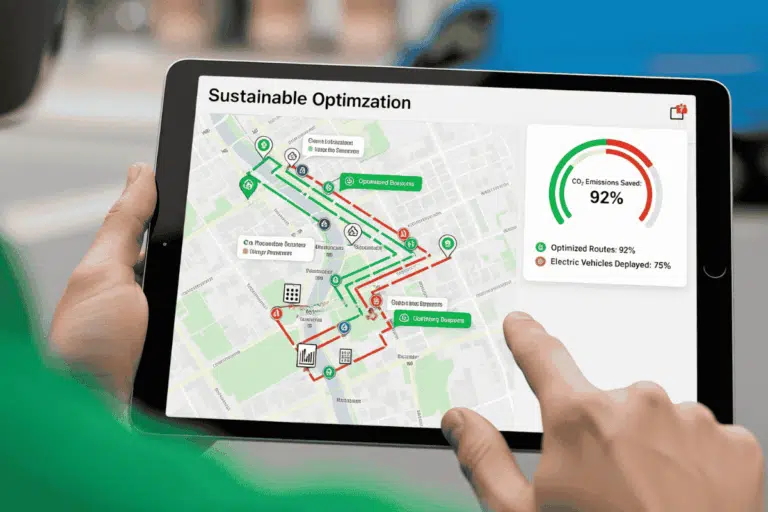Artificial intelligence (AI) and automation have the potential to solve many of today’s labor market challenges, but Europe and the US are not on the same AI readiness trajectory. This could pose challenges later on since most AI innovations are developed in the US.
A recent McKinsey & Co report shows how the fears of adoption of AI in both regions “could prove disruptive to the labor markets.” It could also prevent existing labor forces from gaining the skills they need to speed up AI readiness.
Why is this important, and what part do businesses play? The report sums it up succinctly: “Business leaders will face critical choices on how much to embrace technological change and investment while training and redeploying workers into the jobs of the future.”
AI readiness workplace trends
Generative AI (Gen AI) could be used to replace current tasks. It’s estimated that 27% of the hours worked in Europe and 30% of hours worked in the US today could be automated by 2030.
This, however, means that businesses will “need a major skills upgrade.” Demands for technological, social, and emotional skills are predicted to rise, whereas the demand for physical, manual, and higher cognitive skills would stabilize.
In addition, the demand for health professionals and other STEM-related career paths could expand between 17% and 30% within the next six years. At the opposite end of the spectrum, demand for food services, production work, customer services and sales, and office support will decline.
Why? McKinsey explains: “These jobs involve a high share of repetitive tasks, data collection, and elementary data processing—all activities that automated systems can handle efficiently.”
AI skills upgrade
Businesses will need a major skills upgrade.
According to Microsoft and LinkedIn’s 2024 Work Trend Index, some 75% of employees say they want their workplaces to invest in AI skills. The same report shows that managers consider AI skills when hiring.
READ MORE: AI Aptitude: The new must-have skill for the future of work
Meanwhile, McKinsey’s research shows that the need for technological skills will grow by 25% in Europe and 29% in the US, by 2030. Skills like empathy, teamwork and leadership will grow by 11% in Europe and 14% in the US.
But skill shortages remain a constant struggle, and business executives expect the situation to worsen.
Approximately one-third of surveyed CEOs report significant gaps in technological, higher cognitive, and social and emotional skills. Unfortunately, these skills are critical for effectively integrating AI and other advanced technologies into workplaces.
Some of the most pressing needs identified by business leaders include:
- Advanced IT skills,
- programming,
- data analysis,
- critical thinking,
- complex information processing.
Obstacles hindering AI adoption
The report mentions several factors that might hinder the estimated growth of AI and Gen AI. The integration of automation, AI, and gen AI into existing systems could take longer than expected.
This could be exacerbated “if companies struggle to pinpoint effective applications or lack relevant workforce expertise.” In addition, the costs to develop and deploy these technologies “may escalate if there are shortages in computing power or energy resources.”
Then there’s also the sustainability of wage increases due to labor augmentation, which could impede further technological uptake. In short, labor augmentation is enhancing human work with technology, but that would result in higher productivity. And ultimately, higher wages.
NOW READ: What Gen Z wants: AI, human interaction and phone calls
About the author
Cheryl has contributed to various international publications, with a fervor for data and technology. She explores the intersection of emerging tech trends with logistics, focusing on how digital innovations are reshaping industries on a global scale. When she's not dissecting the latest developments in AI-driven innovation and digital solutions, Cheryl can be found gaming, kickboxing, or navigating the novel niches of consumer gadgetry.










